
At Eastside Lawn and Irrigation we take great pride in each of our client's homes as if it were our own. Recently, one of our clients was awarded "Lawn of the Month" by their community. We know that the upkeep of your property can have an impact on not only your reputation, but also on the value of your home. Whether your home is on the market or you are simply looking for some added curb appeal, here are some helpful ideas for increasing the value of your property with your landscaping.
1. Regular Maintenance. Practice proper lawn care for your own benefit and for the gratitude of your neighbors. Keeping your grass cut to a proper height and correctly watered will help to prevent brown patches or scalping. Ask us about adding an irrigation system to make watering more convenient and consistent.
2. Plant Trees: Trees offer many benefits for the value of your property. They can add privacy, improve air quality, and create shade which makes outdoor living more desirable. If correctly positioned, trees could even lower energy bills. When choosing a tree, plan for maintenance, think carefully about a planting location, and take its mature height into consideration so you don't end up with branches hitting the house or interfering with power lines or other trees as it ages.
3. Add a Water Feature. A picturesque water feature like a fountain, waterfall, or small pond can not only create a calming ambience, but it can also boost your property value. You can also manage drainage and water runoff with creatively aesthetic enhancements like landscape rocks. Make water work for your benefit!
4. Create Privacy. When planning out your landscape design, keep in mind the areas of your property that you'd like to keep less exposed to passers-by. Strive for a cohesive look by choosing a style that complements your home’s architecture. Focus on both style and function by selecting elements like shrubs or hedges that are aesthetically pleasing and add privacy at the same time.
5. Enhance with Lighting. Upgrading or installing the lighting on the exterior of your home can increase the value of your property and enhance safety and security. Choose fixtures that complement your house and provide effective illumination to key areas like the porch, garage, side doors, and sliding glass doors. Consider installing landscape lighting as a budget-friendly way to add drama and draw attention to your plantings.
Our team has experience managing and maintaining many types of property care, from irrigation to lawn maintenance, shrub trimming and control, and more. We are ready to help you plan improvements to your landscaping and home value, and take your curb appeal to a whole new level
1. Regular Maintenance. Practice proper lawn care for your own benefit and for the gratitude of your neighbors. Keeping your grass cut to a proper height and correctly watered will help to prevent brown patches or scalping. Ask us about adding an irrigation system to make watering more convenient and consistent.
2. Plant Trees: Trees offer many benefits for the value of your property. They can add privacy, improve air quality, and create shade which makes outdoor living more desirable. If correctly positioned, trees could even lower energy bills. When choosing a tree, plan for maintenance, think carefully about a planting location, and take its mature height into consideration so you don't end up with branches hitting the house or interfering with power lines or other trees as it ages.
3. Add a Water Feature. A picturesque water feature like a fountain, waterfall, or small pond can not only create a calming ambience, but it can also boost your property value. You can also manage drainage and water runoff with creatively aesthetic enhancements like landscape rocks. Make water work for your benefit!
4. Create Privacy. When planning out your landscape design, keep in mind the areas of your property that you'd like to keep less exposed to passers-by. Strive for a cohesive look by choosing a style that complements your home’s architecture. Focus on both style and function by selecting elements like shrubs or hedges that are aesthetically pleasing and add privacy at the same time.
5. Enhance with Lighting. Upgrading or installing the lighting on the exterior of your home can increase the value of your property and enhance safety and security. Choose fixtures that complement your house and provide effective illumination to key areas like the porch, garage, side doors, and sliding glass doors. Consider installing landscape lighting as a budget-friendly way to add drama and draw attention to your plantings.
Our team has experience managing and maintaining many types of property care, from irrigation to lawn maintenance, shrub trimming and control, and more. We are ready to help you plan improvements to your landscaping and home value, and take your curb appeal to a whole new level
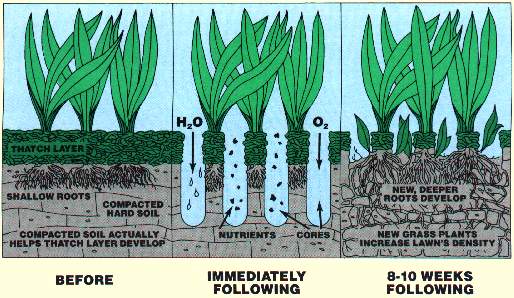
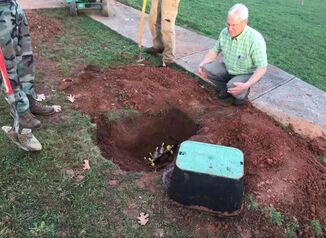

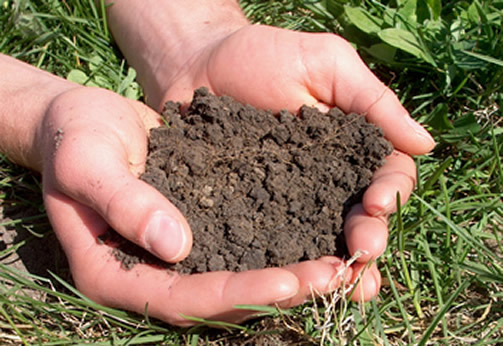
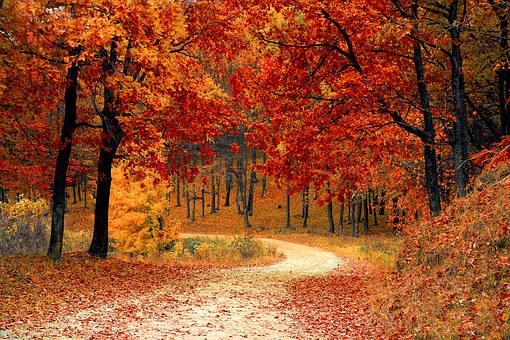
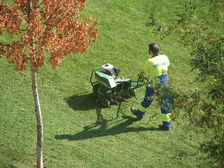
 RSS Feed
RSS Feed
